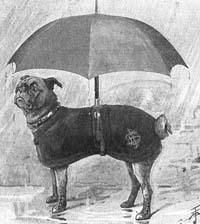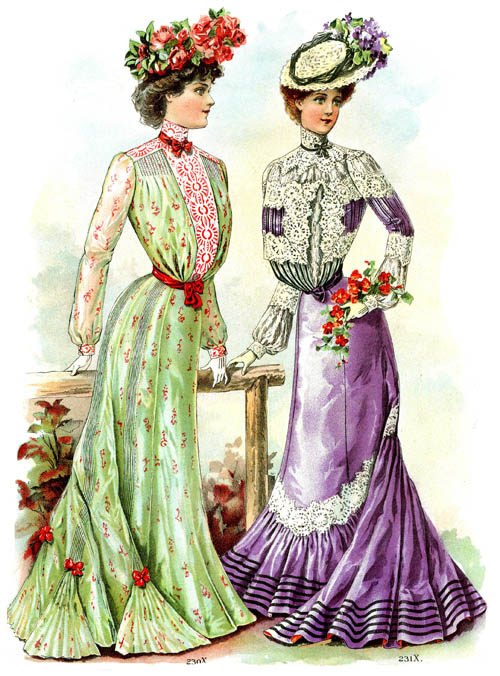|
Home > Victorian London > Animals & Animal Services in London
 |
London was home to a number of animal organizations, including the SPCA (later the Royal SPCA), founded in 1824. Horses, of course, were the city's primary mode of transportation (one must remember that a London "cab," in Victorian times, meant a horse-drawn hansom). Less well known was London's "donkey dairy," a facility that provided donkey's milk. London had an animal hospital, a home for lost dogs, and a dog cemetery. Canine life ranged from the diamond collars of the pampered pooches of nobility, to sellers in Leadenhall Market whose pockets bulged with puppies of more dubious ancestry. And, of course, London has always been known for its birds, from its ubiquitous pigeons to the royal swans (literally) on the Thames.
|
-
|
Animal Organizations & Businesses
|
- Gone to the Dogs: A Visit to the Home for Lost Dogs (Cassell's Family Magazine, 1876)
- A visit to London's Home for Lost Dogs, in search of a missing companion.
- At the Animals' Hospital
(The Strand, 1891A)
- The Home for Lost Dogs
(The Strand, 1891A)
- Jamrach's
(The Strand, 1891A)
- London's famed purveyor of exotic goods, especially animals from around the world.
- In Leadenhall Market, by Arthur Morrison (The Strand, 1892A)
- If you wanted to buy an animal or a bird (alive or dead), this was the spot in London to find it - from a man with pockets full of puppies to butchers with rows of plucked turkeys and geese for the table.
- A Cemetery for Dogs, by E.A. Brayley Hodgetts (The Strand, 1893B)
- The final resting place for some Victorian "best friends."
- The Royal Humane Society, by Frank David Pengally
(The Strand, 1893A)
- The Ark of the Jamrachs, by W.B. Robertson (Cassell's Family Magazine, 1895)
- "It used to be said of 'Old Jamrach' that if an animal, no matter how rare, existed on this globe, he could get a specimen... Associated with the name of Jamrach are rare stories as well as rare animals."
- The Dogs' Home, Battersea, by Basil Tozer
(English Illustrated Magazine, 1895B)
- In a Donkeys' Dairy (The Strand, 1895B)
- Even in Victorian days, few people knew that London had its own "donkey dairy," where asses' milk was gathered for a variety of uses (particularly medical).
- A Queer Little [Dog] Graveyard
(Home Magazine, 1898)
- • See also The London Zoo
-
|
London's Resident Animals & Birds
|
- London Dogs
(Leisure Hour, 1860)
- The Swans on the River Thames
(Leisure Hour, 1860)
- Wild Birds in London
(Cassell's Family Magazine, 1885)
- The Birds of London, by Benjamin Kidd
(English Illustrated Magazine, 1892A)
- The Pigeons of London, by Harry How (The Strand, 1894B)
- Where to find them, and chats with London pigeon-feeders.
- Dandy Dogs, by William G. FitzGerald (The Strand, 1896A)
- Think pampered pooches are a modern development? Think again! Diamond collars, designer jackets and French fashions were available to the well-do-do Victorian dog as well!
|
Visit Our Victorian Shop
for:
Books
Coloring Books
Beautiful Spiral Journals
Holiday Greeting Cards
|
|


 Discover thousands of Victorian images in our
Discover thousands of Victorian images in our 